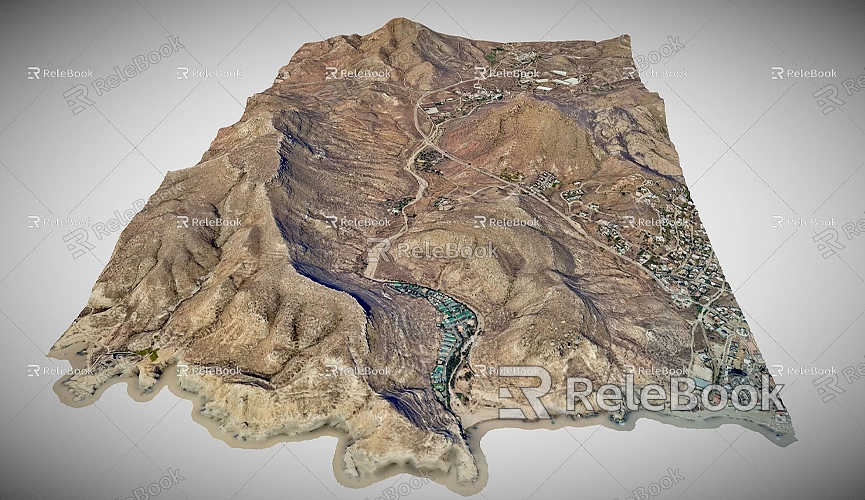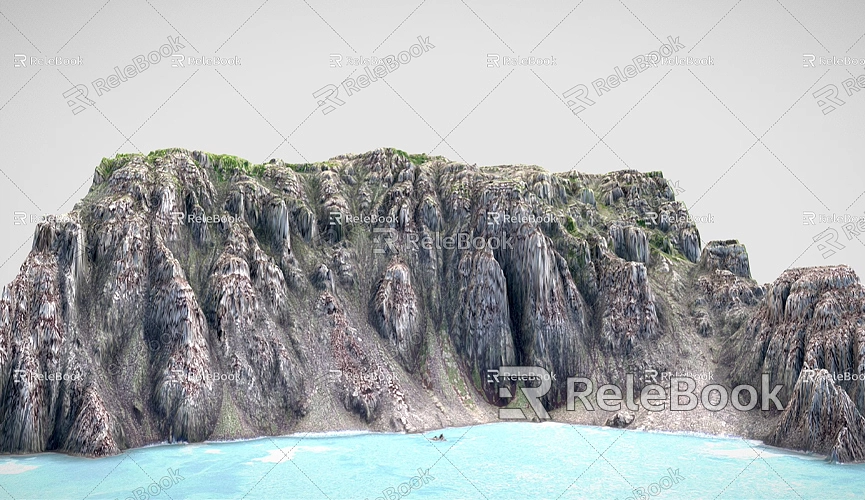How to get 3d models from google earth to sketchup
In the process of architectural design and planning, importing 3D models from Google Earth into SketchUp can significantly enhance workflow efficiency and help designers better analyze scenes and develop design concepts. Although this process involves some technical details and copyright considerations, mastering the correct methods will make it simpler and more effective.
Understanding Google Earth Limitations
Before you begin, it's essential to understand the usage restrictions of Google Earth's 3D models. These models are the intellectual property of Google, and unauthorized use may lead to legal issues. Therefore, before starting any project, be sure to clarify the scope and purpose of your usage, ensuring it is limited to personal research or educational use.

Required Tools and Software
To successfully import 3D models from Google Earth into SketchUp, you will need to prepare several tools and software. These include:
- Google Earth Pro: The desktop version of Google Earth, which is more powerful than the web version and allows for easier manipulation of 3D models.
- SketchUp: A 3D design software used for modeling that can handle imported 3D models.
- KML/KMZ Converter: Some online tools or software can convert KML/KMZ files into formats that SketchUp can recognize, such as COLLADA (.dae) or OBJ formats.
Exporting the Model: Step-by-Step Process
In Google Earth Pro, users can easily locate buildings of interest. By using the search function, you can quickly navigate to your desired location. Once you find the building you want to import, right-click on the model and select “Save Place As” from the menu, saving it as a KML or KMZ file. These files contain the model's location and related data.
After this step, you will need to convert the KML/KMZ file into a format that SketchUp can use. Many online tools offer this conversion service; simply upload the file and follow the instructions to complete the conversion.
Once converted, open SketchUp and select the “Import” feature to find and choose the newly converted file. In the import settings, be sure to check the scale and location to ensure the model displays correctly in the SketchUp environment.
Adjusting and Optimizing the Model
After importing the model, some adjustments will typically be necessary. Depending on the imported file, you may need to scale, position, or clean up redundant geometries. You can easily make these adjustments using SketchUp’s tools, such as “Move,” “Rotate,” and “Scale.”
To enhance the appearance of the imported model, adding appropriate materials and textures is essential. Applying high-quality textures can significantly improve the visual effect. Websites like Relebook offer a wide range of high-quality 3D texture resources to enrich your design options.
Enhancing Model Details
Once the basic adjustments to the model are complete, you can further add details to enhance its realism. Consider incorporating environmental elements around the model, such as trees, streetlights, and vehicles. These elements not only improve the visual appeal of the model but also better showcase the building's position and role in its actual environment.

Additionally, annotating dimensions and adding comments is necessary to help others understand the design intent. When sharing the model with clients or team members, clear annotations can prevent misunderstandings and ensure everyone has the same understanding of the design.
Exporting the Final Model
After adjustments and refinements, the final model can be exported from SketchUp. Depending on your needs, you can choose to export the 3D model in different formats for use in subsequent presentations, visualizations, or other design software. In the export settings, ensure you select the correct layers and elements to retain all necessary information.
Continuous Learning and Improvement
It’s essential to continually learn and practice while using SketchUp and Google Earth for model conversion. Participating in relevant training courses or online learning can provide new knowledge and skills, helping to elevate your design capabilities. By exchanging experiences and techniques with other designers, you can broaden your perspective and foster personal growth.
Additionally, leveraging SketchUp's plugins and extension features can significantly boost workflow efficiency. These plugins often simplify repetitive tasks, allowing designers to focus more on creativity and the design itself.
While the process of importing 3D models from Google Earth into SketchUp involves some technical operations, mastering these skills will greatly facilitate architectural design work. By understanding model usage limitations, using tools appropriately, and finely adjusting and optimizing models, designers can better utilize existing resources and improve the quality and efficiency of their designs. We hope this guide helps you achieve your model import goals and create outstanding architectural designs.

